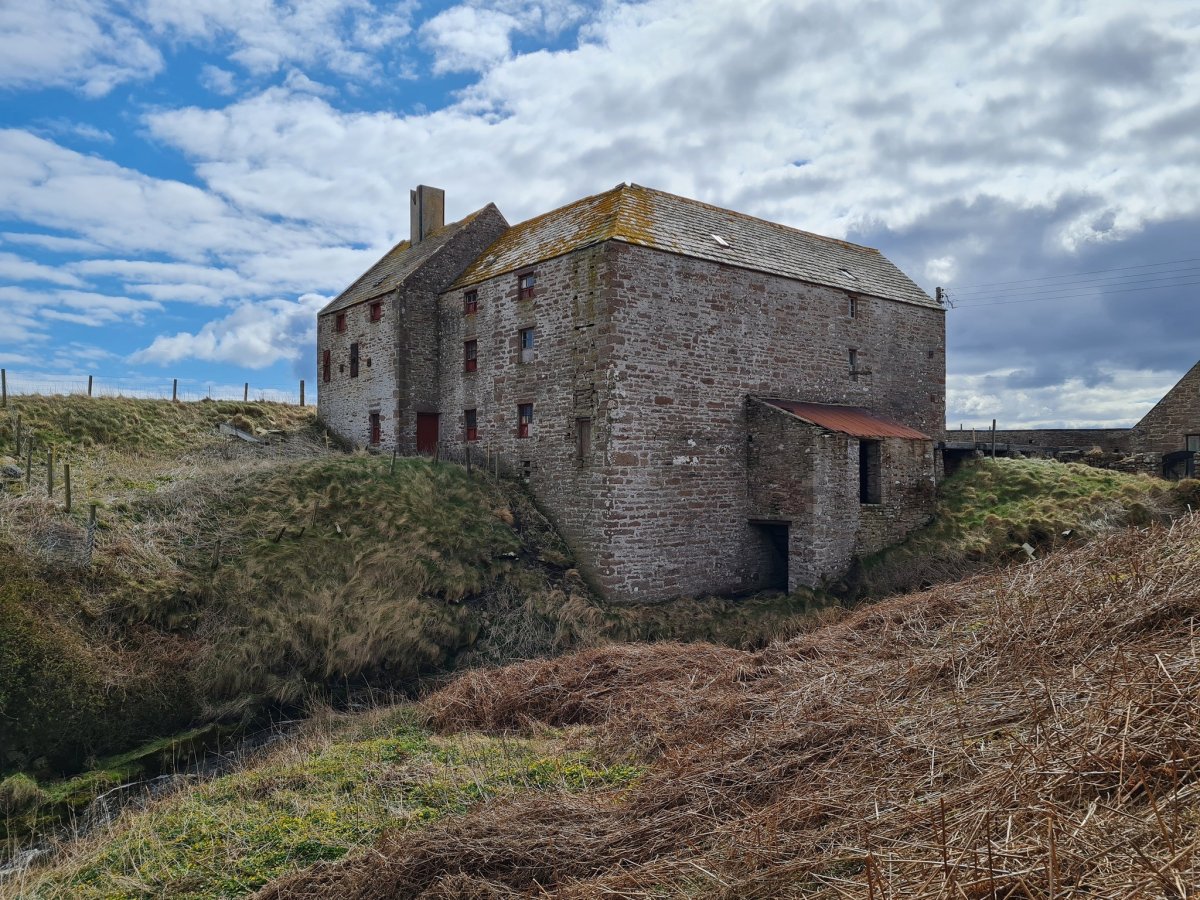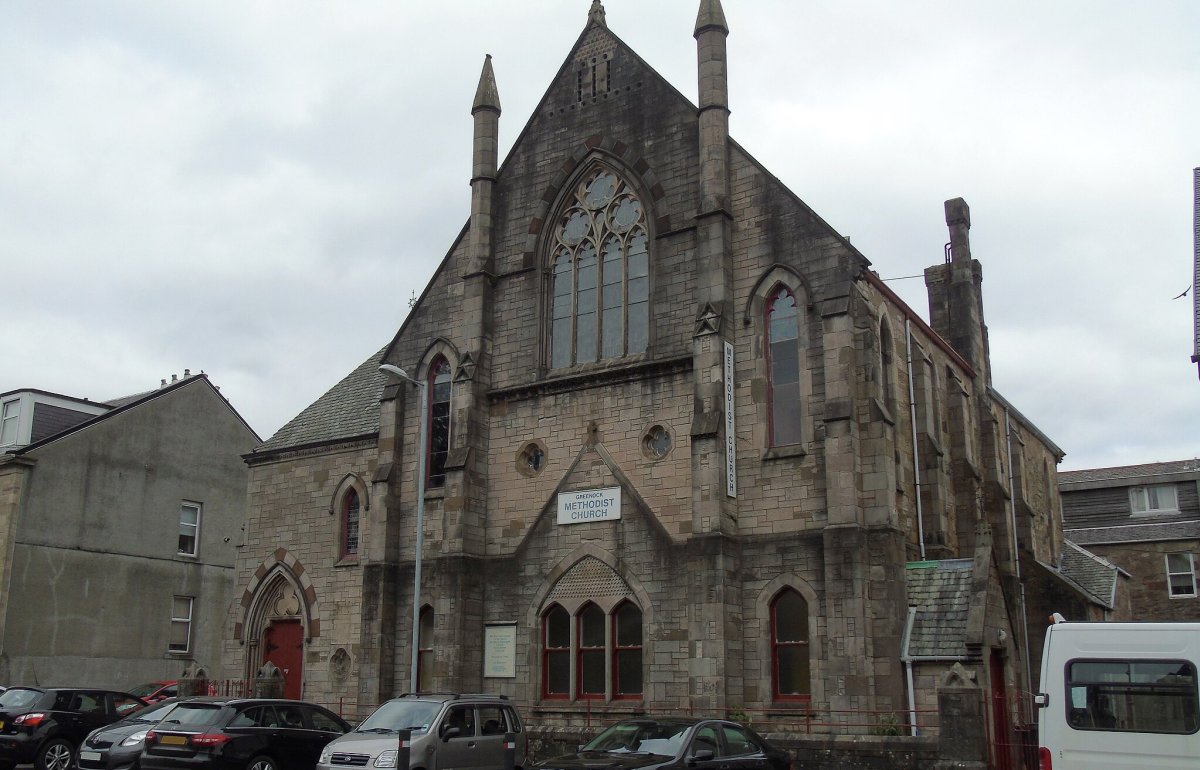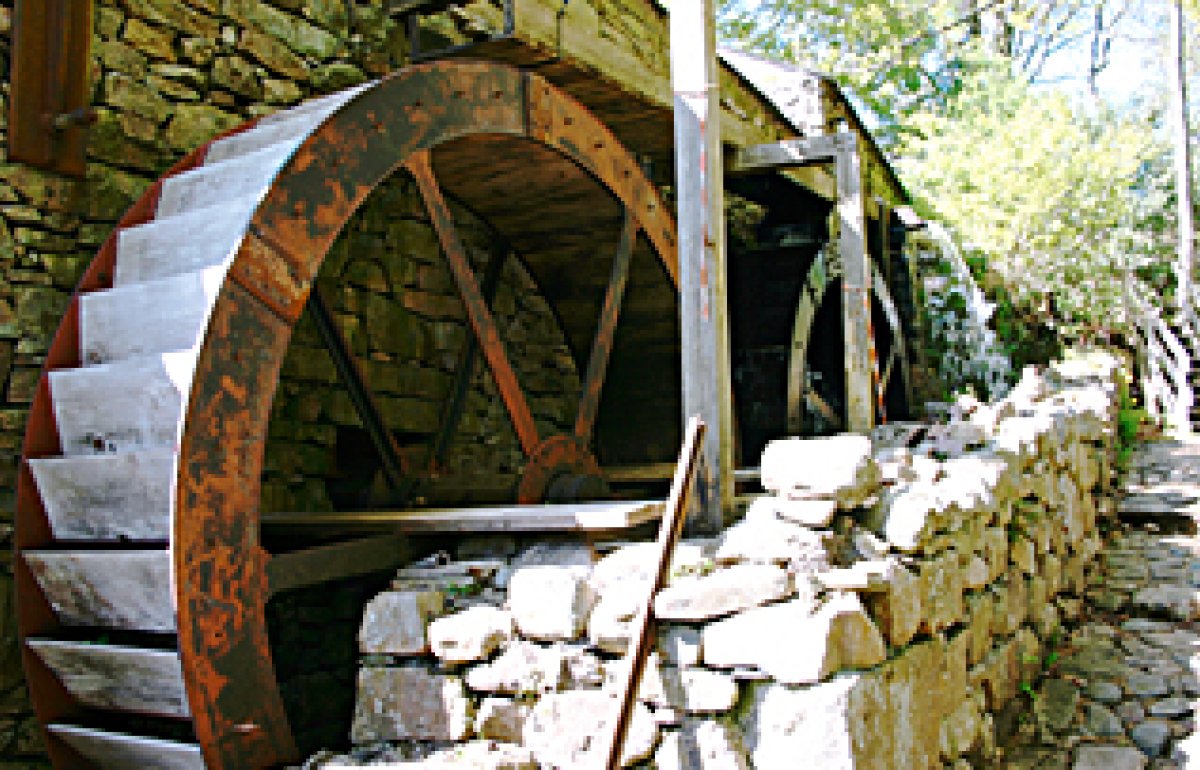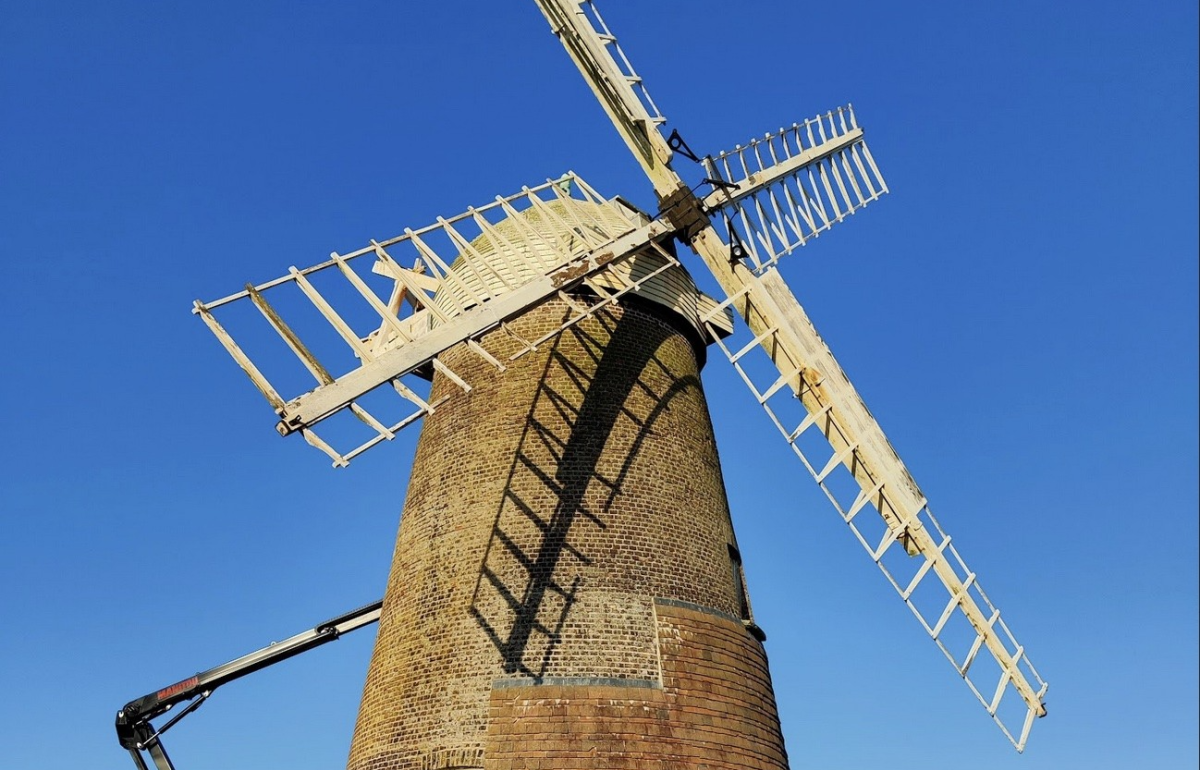The community-driven project breathing new life into John O’Groats Mill
Share on:
The John O’Groats Mill Trust has been awarded approximately £1.6 million by the National Lottery Heritage Fund (NLHF) in support of a community-driven repair project at the site.
Located on Scotland’s north coast, the existing building was completed in 1901 as a water-driven corn mill, although the site has been used for milling since at least 1750. Part of Caithness’ rich milling history, the mill was in operation until a little over 20 years ago, when milling ceased following the death of the most recent miller. Thereafter, the mill’s condition declined and in 2012 it was added to Scotland’s Buildings at Risk Register.
Formed in 2017, the John O’Groats Mill Trust embarked on works to restore the mill as a social, educational and cultural centre. In combination with funding of £1.5 million secured from the Scottish Government’s Regeneration Capital Grant Fund earlier this year, the Heritage Fund support will enable the Trust to continue with a programme of works to protect the mill for future generations whilst allowing it to become a facility and meeting place for the local community.
As we approach National Mills Weekend, Bryony Robinson, Development Manager at John O’Groats Mill, kindly answered a few questions about this exciting project.

Credit: John O'Groats Mill Trust
1. In light of the support you’ve most recently obtained from the NLHF, has this impacted the scope of the Trust’s plans for John O’Groats Mill?
Our recent award from the NLHF has allowed us to move full steam ahead with our plans and realise our ambition of bringing the mill back to life as a community venue and heritage visitor attraction. It means that we won’t have to phase the works, which can become more costly and onerous, but can instead take a holistic approach to the project, both repairing the existing fabric, and therefore protecting the milling heritage, whilst also building an extension to house new services which ensures that it will have a viable and sustainable new use.
2. Unusually, John O’Groats Mill retains its machinery intact and in working order. How does the treatment of those functional elements fit into the broader plans for the site?
The retention and repair of the milling machinery is integral to the plans for the mill. The mill looks just as it would have done 100 years ago and all the machinery is original, so it gives a rare level of authenticity in telling the story of our milling history. Our designs deliberately make very few changes to the B listed mill building and its contents, instead building a new extension to house any modern services needed and providing a flexible community space.
3. As works at the site progress, will milling return to John O’Groats Mill?
The building is a working mill and we will maintain it that way. Once the works are complete, we’ll be carrying out small scale milling for demonstration purposes.
4. The vision for John O’Groats Mill is as a community venue, which can attract visitors too. To what extent does the retention of the mill’s historic fabric fit into that goal?
The retention of the mill’s historic fabric is essential to our twin aims. The historic fabric tells the local community’s story, from the chalk graffiti left by generations past on the timber hoppers, to the building serving as a local landmark. The mill building was historically a place for gathering, especially round the kiln fire during the cold winter months. Likewise, the mill’s architecture and machinery are a portal to the past for the visitor, allowing people to learn about our community’s industrial and agricultural history from a very rare remaining authentic remnant.
You can find out more about John O'Groats Mill, including open days and events, on Facebook, where they'll be sharing digital content on the history, built heritage and future of the mill.
Please note that John O'Groats Mill will not be open for National Mills Weekend this year.
Written by Merlin Lewis, SPAB casework support officer, with thanks to Bryony Robinson.
Sign up for our email newsletter
Get involved



